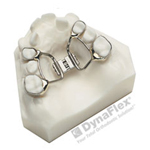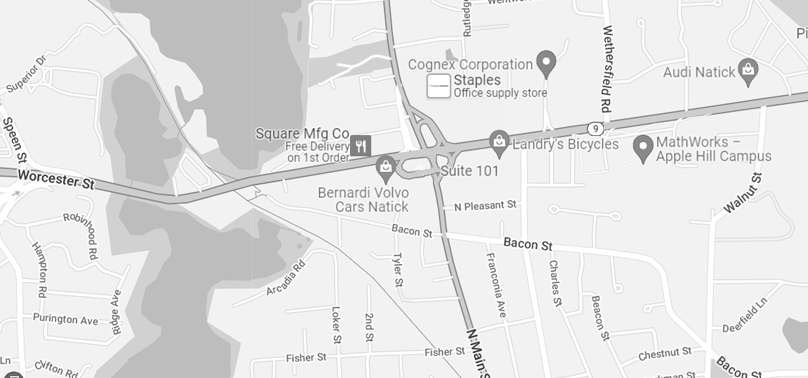 One of the most common orthodontic appliances used in children is the palatal expander. Arch expansion is one of the most common ways to eliminate mild/moderate crowding and cross-bites in growing patients. Successful expansion requires that the growth plate in the roof of the mouth (the midpalatal suture) is not fused. This fusion usually occurs between age 14-16. An expander is attached to the upper arch by bands placed around the first molars (and in some cases around the 1st premolars if they are erupted). Although there are removable expanders, fixed ones have an importance advantage in that they cannot be lost or forgotten.
One of the most common orthodontic appliances used in children is the palatal expander. Arch expansion is one of the most common ways to eliminate mild/moderate crowding and cross-bites in growing patients. Successful expansion requires that the growth plate in the roof of the mouth (the midpalatal suture) is not fused. This fusion usually occurs between age 14-16. An expander is attached to the upper arch by bands placed around the first molars (and in some cases around the 1st premolars if they are erupted). Although there are removable expanders, fixed ones have an importance advantage in that they cannot be lost or forgotten.
Interestingly, the lower jaw (mandible) is not amenable to expansion. The suture in the mandible fuses soon after birth so true expansion is not able to occur. If the back teeth have an excess tip inwards (Curve of Wilson), then a Swartz removable expander is useful to upright teeth to the ideal position. This does allow some space creation in the front teeth as well.
Expanders are relatively painless for our patients. Some report that they feel pressure on the teeth, in the roof of the mouth, behind the nose, and even between the eyes as their expander is activated (or turned). This pressure fades within minutes. Besides pressure, we also tell parents to expect the child to speak differently for the first few days. Additional saliva production may also occur as well as slight modifications to eating. One of the most visible signs that the suture is opening (the desired effect) is the appearance of a space between the upper central incisors. Once the expansion is complete, it is normal for the space to close spontaneously. This occurs as the elastics fibers surrounding the gingival tissues return to their original positions. The underlying bone, however, remains expanded. It is normal for the anterior teeth to feel slightly loose and sore as they move together.
Because there is always some relapse, I generally choose to over-expand the palate slightly and then hold the expander in place for an additional 4-6 months. Following the removal of the expander, I will provide a Hawley retainers that is to be worn at night (of after school and night) so as to ensure the stability of the correction and then follow the patients quarterly until they are ready for comprehensive orthodontic evaluation (when all the permanent teeth erupt).
As always, if you have any questions about this appliance or any orthodontic treatment, please don't hesitate to talk to Dr. Hughes or one of the assistants at the office.
